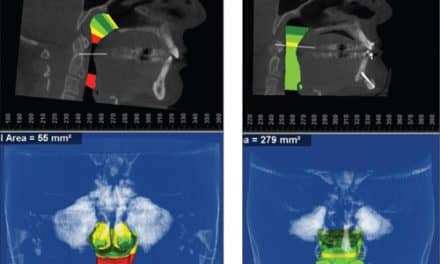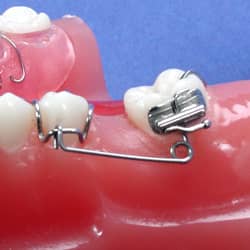
- Is there additional growth that will undermine the current outcome?
- Is the patient complying with the mechanotherapy to achieve desired growth modification?
- Is additional dental compensation possible to achieve properincisal relation, and will the patient and the parents accept the facialaesthetic outcome if further dental compensation is needed?
- What are the limits of dental compensation when the Class IIIskeletal relationship keeps worsening with growth—both functionally andesthetically, both short-term and long-term?
Stellzig-Eishenhauer et al1 made efforts to determine thebest cephalometric assessment measurements to differentiate adultsurgical Class III patients from adult nonsurgical patients. Bynarrowing the group studied to adults only, they eliminated the variableof growth and could apply statistical methods to create apredictability equation to assist adult Class III treatment-planning.They assessed antero-posterior deviations and did not include thevariables of skeletal transverse maxillary deficiency, crowding, orpatient perception of the final facial proportions.
Guyer and others2 assessed the antero-posterior skeletalcomponents of 144 adolescents using cephalograms, and determined thatthe Class III malocclusion was caused by several types of maxillary andmandibular imbalances. In addition, several authors have suggested avariety of cephalometric approaches to allow a differential diagnosis.3-6One of the great difficulties in making a correct diagnosis is that ahigh percentage of Class III malocclusions have mandibular functionalshifts (both forward and sometimes lateral).
To read the rest of this article from the April/May issue of Orthodontic Products, click here.










